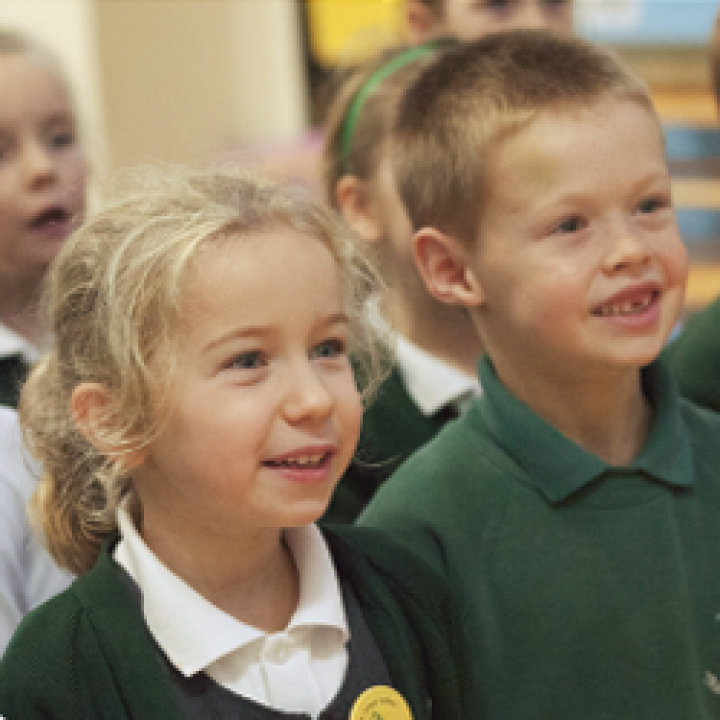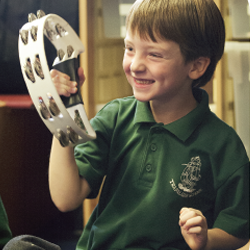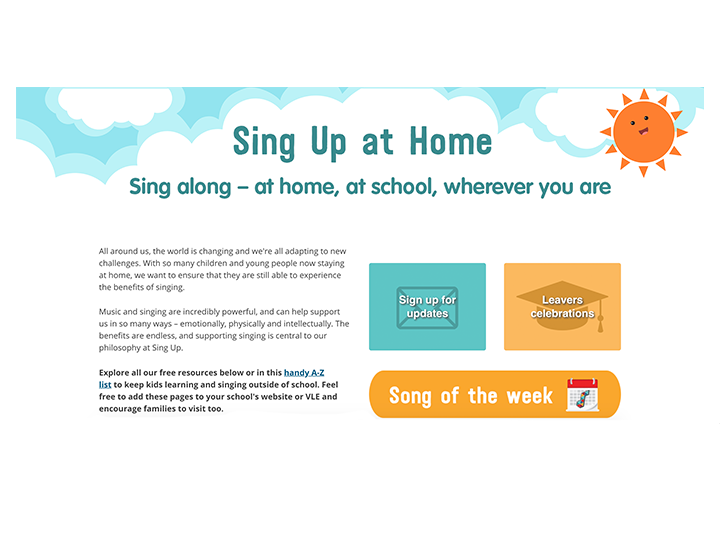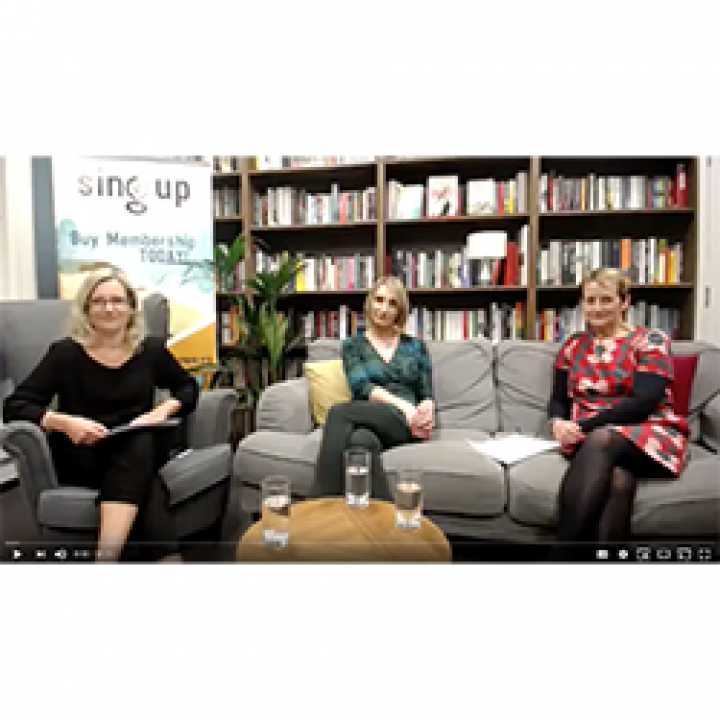
We want to help you achieve great quality singing in your school, so we’ve created a handy checklist so you can you make sure everyone starts off on the right track. The checklist is flexible so you can use it with children of any age, singing any repertoire. We hope you’ll encourage all your staff to use it and get the whole school singing really well!
Start with a physical and vocal warm-up
- Can you lead a warm-up and explain why warming up helps us sing better?
- Could you encourage some pupils to lead a warm-up? There are plenty of great warm-ups on the website to get you started.
Sing with good posture
- Is everyone sitting or standing tall?
- Are shoulders loose?
- Are neck and spine aligned?
- Are heads facing forwards?
Choose songs children and staff will enjoy and sing well
 Are you choosing songs that everyone wants to sing, and are they appropriate for the age of your singers? Think about the range (how low and high the song is), how difficult the tune is (large leaps are harder to sing than small steps) and how complicated the words and rhythms are.
Are you choosing songs that everyone wants to sing, and are they appropriate for the age of your singers? Think about the range (how low and high the song is), how difficult the tune is (large leaps are harder to sing than small steps) and how complicated the words and rhythms are.- The sound will noticeably improve if you choose songs that are comfortable to sing and that everyone enjoys!
Command attention
- Can all your singers see you?
- Can they all hear you?
- Have you got eye contact from everyone?
Lead with enthusiasm
- Are you choosing songs you enjoy leading?
- Can everyone feel your enthusiasm?
Start together
 Are you using a backing track? If so, get really familiar with it and make sure you know where to bring everyone in.
Are you using a backing track? If so, get really familiar with it and make sure you know where to bring everyone in.- If you’re not using a backing track, a great way to count in is to sing ‘ready, steady, and off we go…’ on the starting note and at the right speed.
Work on diction, communication and expression
- Have you tried speaking the words in rhythm to practise clear diction?
- How are you learning the words – from the whiteboard, from memory, from sheets? Is it the best way?
- Do your pupils understand the meaning of the words?
- Playing recordings of singers from different times and places and in different styles will help pupils experiment with a broader range of vocal colour and expression.
Teach children to listen as they sing
- Are children singing without shouting and can they hear each other’s voices when they sing?
- Record children singing and listen back together, or ask a group of pupils to listen to everyone else singing. Use the statements at the end of this page to help them reflect on the singing. What do they notice and what improvements can they suggest?
Listen to the children singing
- Do you always sing along with your children out of habit? It’s good practice to actively listen to them while they are singing so that you can respond with ways to help them improve.
- What do you notice about their singing?
Why not encourage children to take on some responsibility for singing well? By using these statements they can think about how well they have mastered some of the techniques!
- I can stand/sit up straight when I sing
- I understand why I warm up before singing
- I can warm up my voice well
- I can sing with enthusiasm
- I can sing the song accurately
- I can sing without shouting
- I can sing loudly and softly
- I can sing the lyrics clearly
- I can communicate the meaning of the lyrics
- I can listen at the same time as singing
- I can make my voice blend well with the group




